
WWI reenactors portraying Americans camped in front of the Museum of the Great War in Meaux (c) Gary Lee Kraut
Despite its significance in 20th-century history and its role in transforming the United States into a world power, the First World War sights, cemeteries and museums of France typically hold little interest for American travelers. Yet several are at Paris’s doorsteps: the Suresnes American Cemetery and the Lafayette Escadrille Memorial are both in the suburbs while the Musée de la Grande Guerre (Museum of the Great War) in Meaux is just 25 miles east along a meander in the Marne River.
In the history of the war, Meaux and the surrounding region are particularly associated with the First Battle of the Marne of September 1914 that pitted French and British forces against rapidly advancing German forces. By halting the German advance before its forces could reach Paris, the battle helped stave off a German victory while putting the belligerents on course for a long slog of trench warfare. Nearly four years later, in July 1918, the Second Battle of the Marne involved a final major German offense followed by an Allied counteroffensive that, with the participation now of American forces, would lead to the Armistice of November 11 and the defeat of Germany.
Meaux itself was not a battleground of the Second Battle of the Marne. It took place farther east and north, so the battlefields where Americans fought are therefore further out from Paris, such as in and around Chateau-Thierry, 35 miles northeast of Meaux. Yet long before the Museum of the Great War opened in 2011, Meaux had its American Monument. Also known as Tearful Liberty, the sculpture by Frederick William MacMonnies was dedicated in 1932, a gift from the United States to honor “heroic sons of France who dared all and gave all in the day of deadly peril.” The museum was created right nearby.
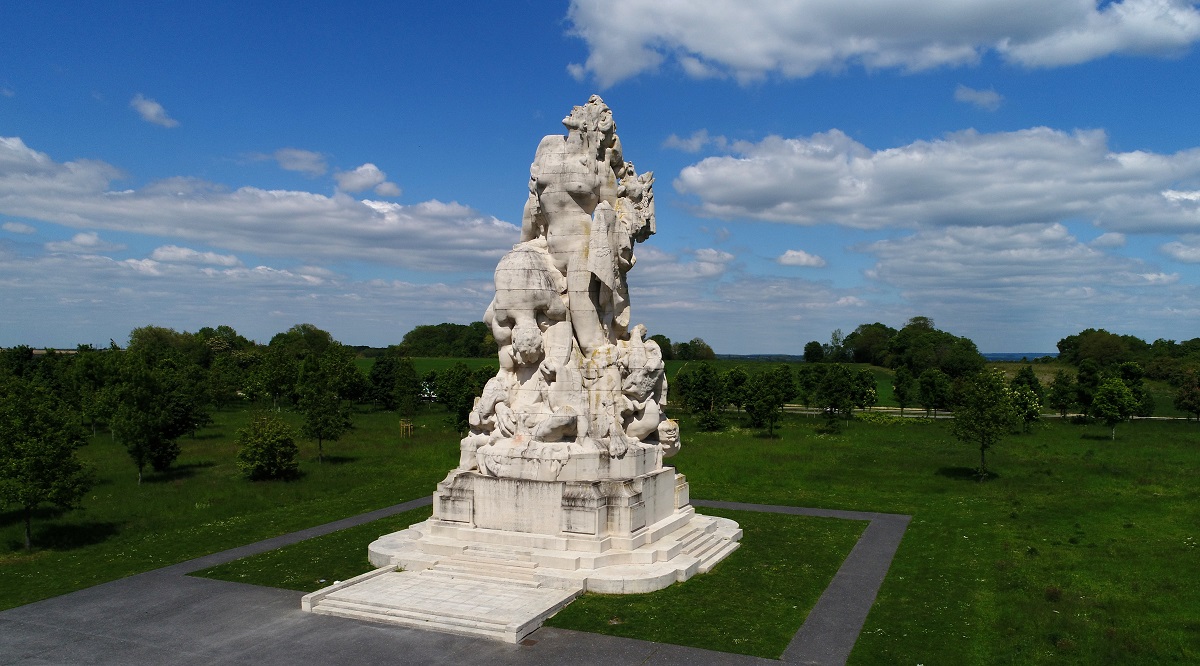
The core of the Museum of the Great War is the tremendous collection of objects from the First World War that had been amassed over more than 40 years by the historian and collector Jean-Pierre Verney. Under the guidance of Mayor Jean-François Copé (pictured at top of page addressing WWI reenactors), who continues to head this town of 56,000 and presides over the wider agglomeration of 107,000, the Greater Meaux region (Pays de Meaux) purchased Verney’s collection of 48,000 objects in 2005 and set about creating this museum to house them. The collection has since been enriched by thousands of additional telling objects from the war of 1914-1918, including major pieces such as a tank, a plane, a truck and artillery.
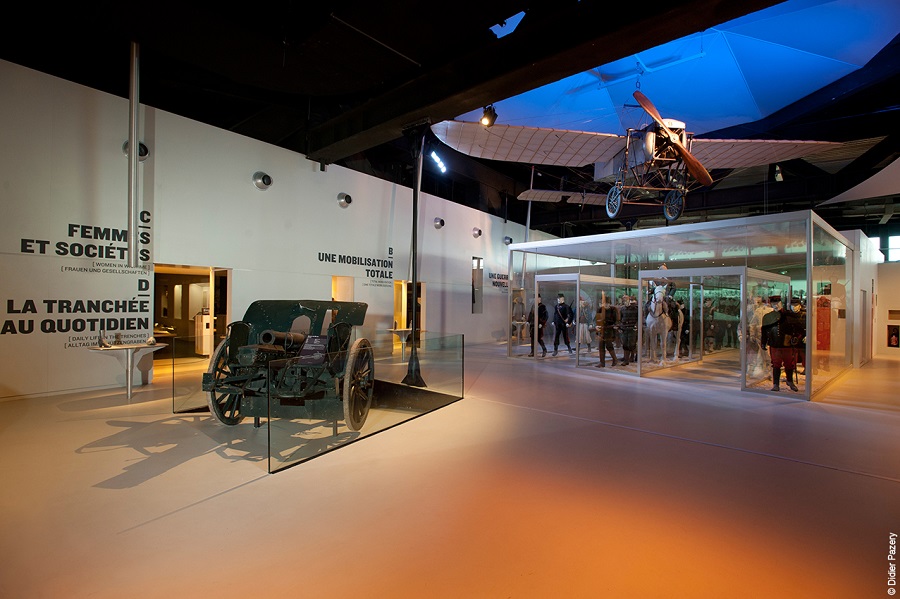
The museum’s permanent display begins by dialing back its historical clock to France’s defeat in the Franco-Prussian War of 1870-1871 and the ensuing decades of conflict and rivalry between France and the powerful, newly unified Germany. Through objects rather than lengthy descriptive panels, the displays then cover the First Battle of the Marne, trench warfare, weaponry and protections, uniforms, the daily lives of soldiers, treatment of the wounded, the United States’ entrance and participation in the war, the Second Battle of the Marne, women and society, attempts at creating a lasting peace, and more.
As interesting and accessible as the museum can be for uninformed visitors, it will be especially appealing to war buffs and collectors due to the depth and breadth of the collection.
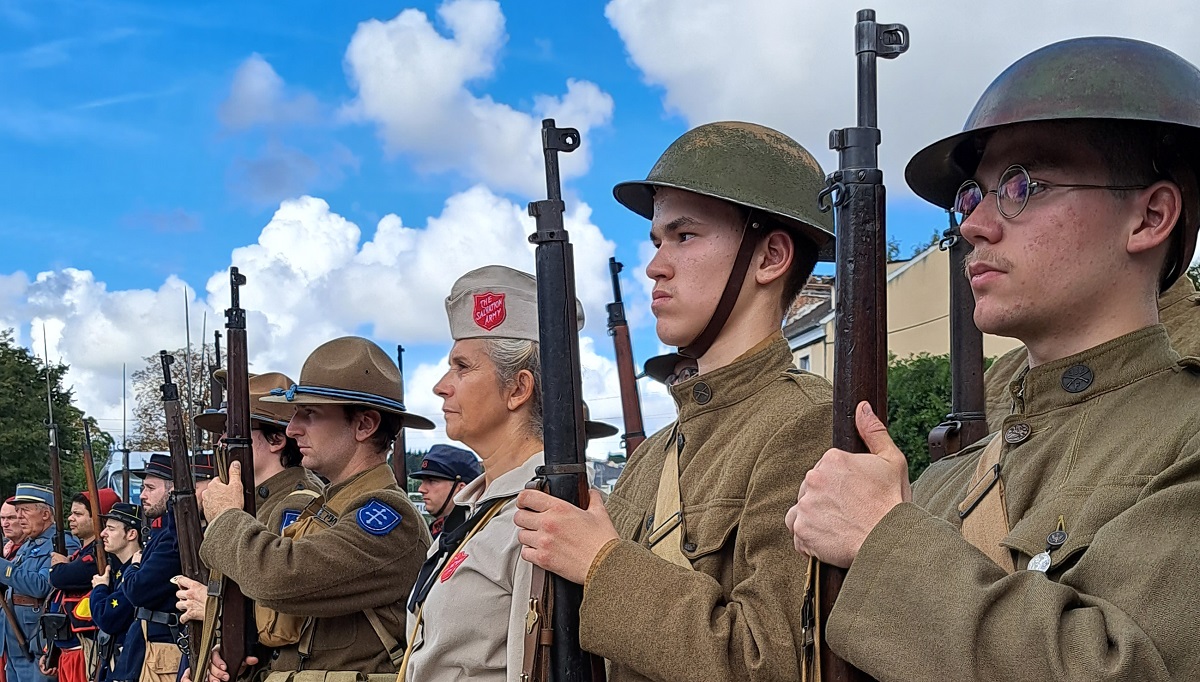
Reenactment Weekend in September
Uninformed and informed visitors alike will find no more pleasurable time to visit the museum than the first weekend in September when First World War reenactors parade through the streets of Meaux then set up camp alongside the museum.
This year’s Saturday morning parade started at the covered food market and ended an hour later at the town’s war memorial, just past the medieval cathedral. There, the reenactors gathered for the laying of wreaths and the playing of La Sonnerie aux Morts, France’s bugle call for military funerals and memorial ceremonies. (The Sunday morning parade marched through other quarters.)
The museum is informative and insightful at any time of year, yet visiting over reenactment weekend additionally gives visitors the opportunity to meet reenactors and share in their comradery and their passion for the historical period from 1914 to 1918 and its uniforms and paraphernalia and ways of life.
Meet some of the reenactors in this France Revisited video, which also contains a presentation of the museum by its director, Audrey Chaix.
Along with its vast permanent collection, the museum is currently hosting two temporary exhibitions. The first, “Trenches,” explains the complexities of the trench system that so defined fighting and near-stalemate during the war. It runs until Jan. 2, 2023. The second, Women in the Great War presents, in the forecourt of the museum, photography and archival material revealing the role of women during the war. It runs until Aug. 14, 2023.
Museum of the Great War / Musée de la Grande Guerre, Rue Lazare Ponticelli, 77100 Meaux. Open 9:30AM to 6PM daily except Tuesday. Entrance: 10€; 7€ with regional public transportation Navigo Pass and for over 65; 5€ for under 26. Free on Nov. 11 and the first Sunday of each month.
The Meaux Tourist Office, 1 place Doumer, is a 10-minute walk from the train station and several minutes past the Gothic Saint Etienne Cathedral.
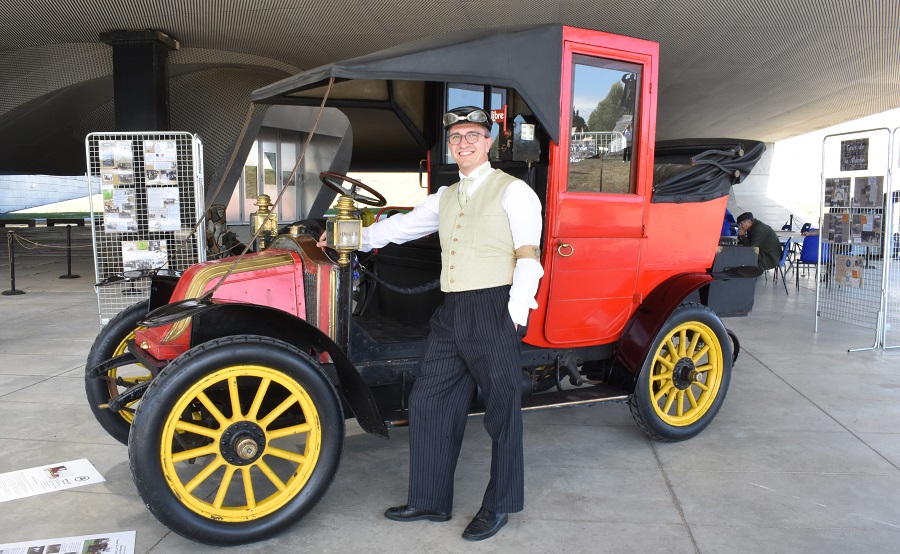
Brie cheese
Meaux has more to offer than wartime memories. As cheese lovers in France are well aware, Meaux is a part of brie country. Brie is the historic name of the region directly to the east of Paris. As a location, the name has largely disappeared from the map other than at the tail end of the names of several small towns. As a cheese, brie is known around the world.
Yet Brie without a geographical title of nobility is not a protected appellation of origin—it can be produced anywhere in the world as a style of soft cow’s milk cheese. Brie de Meaux, however, can only be produced in the swath of the region that passes this way starting just east of Paris. It’s much tastier than the pasteurized bries made beyond the region and abroad. Brie de Melun (Melun is a town in the southeast of the Greater Paris region), also made from raw cow’s milk, is slightly stronger and saltier. So Brie de Meaux and Brie de Melun are the bries to seek out when in France. If you’ve got a nose for cheese, it can be particularly interesting to compare the two. Cheese hunters setting out to discover the variety of regional bries might also seek out Brie Noir, a far less common brie that has been aged for about one year to the point of becoming dark, crumbly, chewy and more earthy and still stronger in taste.
In the same general area of town as the museum, one can learn about the production of appellation brie cheeses at Fromagerie de Meaux Saint Faron on rue Jehan de Brie.
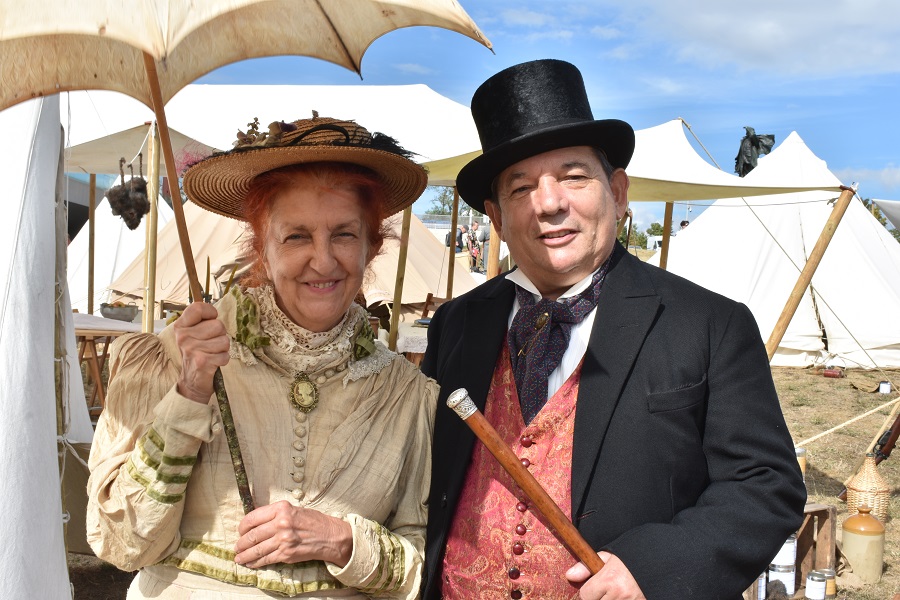
Getting to Meaux from Paris
By train, Meaux is 30-40 minutes from Paris’s Gare de l’Est (East Station). No ticket is necessary for holders of the 5-zone Navigo Pass. The museum is two miles from the station. A regular bus from the Meaux station takes about 10 minutes to get there. There’s also a free shuttle to the museum from the station on weekends and during school vacations in the region.
By car, Meaux might be visited as a first stop on a day or more of touring war sights further to the east, before heading on to visit the Aisne-Marne American Cemetery, Belleau Wood and the American Monument at Chateau-Thierry.
By bike, those who wish to combine sport with a visit to the war museum can reach Meaux from Paris after a 32-mile pedal that largely follows along the Canal de l’Ourcq. The Canal de l’Ourcq begins just after the Bassin de la Villette toward the northeast edge of Paris. After a mile along the canal, the capital is left behind, then apartment buildings, train tracks and office buildings give way to suburban residential housing which eventually disappears in favor of parks, wood, fields, country roads, villages, and finally some more trafficked roads as one enters Meaux. Much of the ride is along the canal’s tow path (mostly paved, some dirt) but there are occasional stretches of road biking. Check the weather, rent a bike first thing in the morning or the previous evening, then set out at 9 or 10 for an athletic 3-hour ride or a more leisurely 4+, have lunch in town, visit the museum, then ease your way back to Paris by riding to the Meaux train station and taking your bike onto the train.
© 2022, Gary Lee Kraut
On November 10, 2022, France Revisited will be hosting Zoom conversation with a Ben Brands, a historian with the American Battle Monuments Commission, to discuss the history of the American WWI cemeteries and monuments of France and how best to visit them. Details will be sent out to subscribers of the France Revisited Newsletter.
Readers interested in private touring of the American WWI sights and other highlights in the regions where they’re located may contact Gary Lee Kraut personally by writing through this site.

